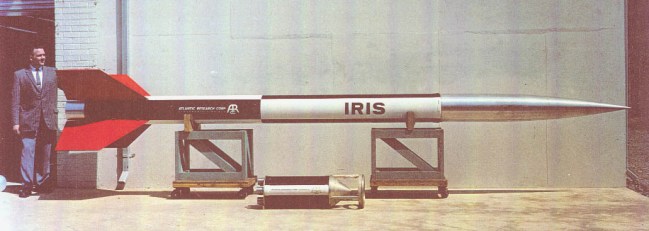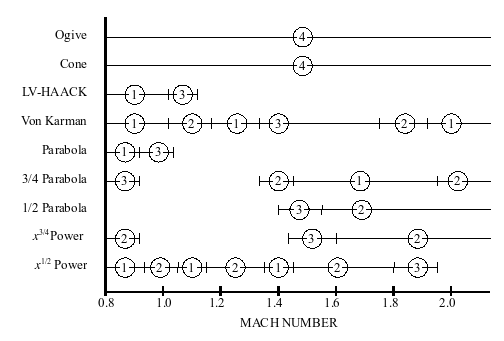CarVac
Well-Known Member
- Joined
- Feb 12, 2012
- Messages
- 5,704
- Reaction score
- 37
I found a chart which shows the different shapes including both tangent and secant ogives. It appears to me that the tangent has more girth near the base of the nose cone. Although I don't really see much difference between the secant and the VK or the Haack.
View attachment 152760
Von Karman nosecones are slightly "fuller" near the tips than ogives, and are skinnier toward the back. The aft section never goes quite parallel to the body tube.
Also, that "better <-> worse" is a blatant overgeneralization. At really high Mach numbers, conical nosecones are better. Subsonic, length matters more than the shape.







![408-MSG-dyn-Druck-900-ms[1].png 408-MSG-dyn-Druck-900-ms[1].png](https://cdn.imagearchive.com/rocketryforum/data/attachments/127/127366-6c51c4e9e9f34ae27950aaab4f00816c.jpg)



